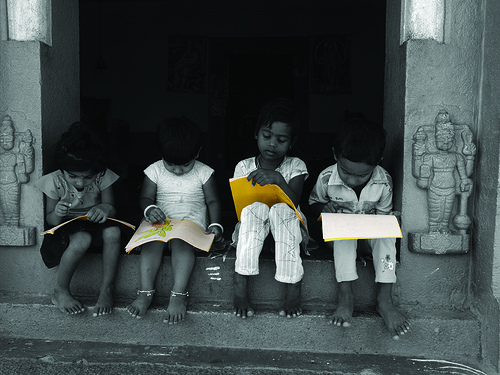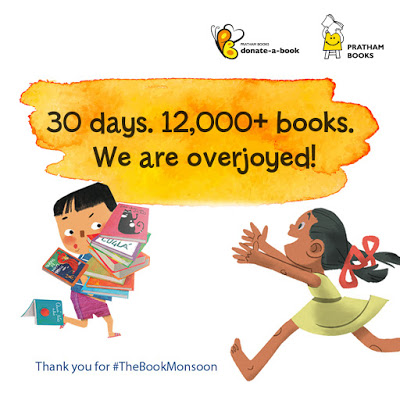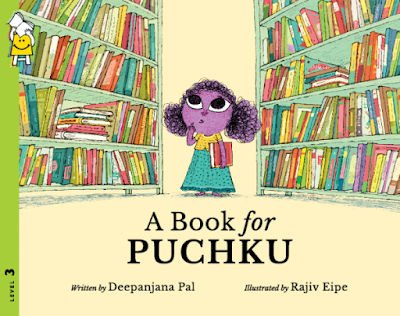Taming the Wild Text

Via ASCD
The truth is, we’re all struggling readers. At some time today or tomorrow, you’ll be reading something and you’ll feel the print sliding away from you, your sense of power over the page slipping, your comprehension becoming murkier as you press on. It doesn’t feel good. There are children who feel this every day, whether looking at a street sign or a simple picture book. When the world of print lacks deep meaning for a child, the reading experience becomes like wandering in an unfamiliar universe.
Unlike Max inWhere the Wild Things Are, who stands with his sword ready to fight the wild things, these students avoid encounters with text at all costs.
For language is a wild thing. Whether the words are unfamiliar, the story unusual, or the text about complex and layered information, the wild elements of language present one challenge after another to a struggling reader.
1. Don’t judge the reader.Environments that offer many reading materials at different levels and in different forms—without judging any form as superior—enable students to find the materials that work best for them. Today’s reader is exposed to more media, in all forms, than any reader before. Avid readers, and some budding readers, will read anything: cereal boxes, magazines, posters, video game instructions, graphic novels. It’s essential that teachers acknowledge these forms of reading as “real” and not simply validate and praise award-winning chapter books, for example.Ask students to describe times when reading felt good to them, what they were reading at the time, and why it felt good. Don’t dismiss their descriptions of the sports page, a great website, or a manual for how to build a castle. Embrace all these as signs of an inspired reading life.Today’s readers use different forms of media—e-mails, text messages, blog posts, and so on—to communicate. Name these communications as reading, too, and celebrate any minutes a child spends absorbing print. Using these methods of communication in the classroom can make the reader more aware of his or her ability as a literate person and spur confidence to read more.Finally, never judge the older reader who needs to read books at lower levels to build stamina and fluency. Too often we fixate on titles read, when in fact the key to lifelong literacy is reading frequently and ingesting a high number of words.
3. Provide time for dialogue.
Just because students appear to be reading independently doesn’t mean teachers can forsake the social aspect of reading.Often, reluctant readers are given less time than fluent readers to be social and interactive about reading because they’re thought to need more practice time. The absence of this vital dialogue only contributes to struggling readers’ feeling of isolation and rarely inspires them to pursue more challenging texts.Dialogue is a window into another person’s reading experience and is an effective way to get people excited about reading. And dialogue doesn’t always mean traditional discussion about comprehension or plot summaries. It can also mean asking students what they’re wondering about or what they’re hoping will surprise them as they read on. Or encouraging students to use Twitter or text messaging to share ideas from their reading. Rather than a dry Q and A with the teacher having the “right” answer and students guessing at it, dialogue should accomplish some genuine purpose.With boys at the Children’s Village, I led a unit of study on social issues and debate. Boys met in small groups and read articles on subjects that interested them; then each of them developed a question to pursue together, incorporating their different points of view.When a teacher and student read together or talk one-on-one about a reading selection, they can enter into a safe, nurturing dialogue that builds a literacy bond. And one way to create dialogue among peers is to create text clubs. Talking about graphic novels, comics, short stories, or poems offers struggling readers a chance to explore big ideas in depth through text that’s not necessarily “big.”We can model how we delve into text of all sorts and develop our own complex thinking through reading a few pages in a comic book or a one-page blog post. Read aloud from easier texts and celebrate the genius of Dr. Seuss or Arnold Lobel, valuing their sophisticated approach to language even in texts that are easier to read.
10. Remember, joy matters.Most reluctant readers have experienced a great deal of anxiety and stress around reading in their lives. What will it take for such readers to experience the joy of reading? Getting to joy is important, because the prize of reading competence comes at great cost. What too many challenged readers remember, even once they read well, is the hardship and loneliness of that long trek uphill.Let’s create a world for all readers that’s full of the joy of discovery, imagination, and information. The only way to do this is to make the world come alive with stories students will love and texts that connect to their passions. Let’s hand reluctant readers the sword with which to conquer the wild things of language—and learn to love reading.
Read the entire list here.
Image Source : Pratham Books






